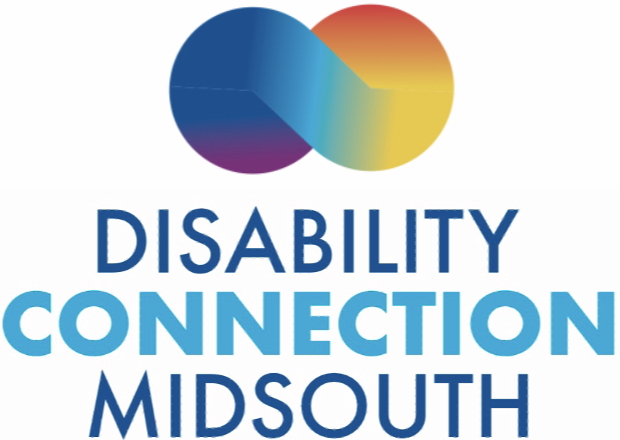A New Report shows the difficulty of housing for people with disabilities
The Technical Assistance Collaborative (TAC) and the Consortium for Citizens with Disabilities Housing Task Force have released a new report, Priced Out: The Housing Crisis for People with Disabilities, documenting the housing affordability crisis experienced by the lowest-income people with disabilities across the United States. Supplemental Security Income (SSI) is a federal program that provides income to people with significant and long-term disabilities who have extremely low incomes and savings.
• In 2016, the average annual income of a single individual receiving SSI payments was $9,156 — equal to only 20% of the national median income for a one-person household and about 22% below the 2016 federal poverty level.
• The national average rent for a modest one-bedroom rental unit was $861, equal to 113% of the national average monthly income of a one-person SSI household. This finding confirms that, in 2016, it was virtually impossible for a single adult receiving SSI to obtain decent and safe housing in the community without rental assistance.
• In Tennessee there are 125,127 SSI recipients who get a monthly payment of $733. That puts the average one-bedroom apartment rent at 87% of the individual's income.
• The national average rent for a studio/efficiency unit in 2016 was $752, equal to 99% of monthly SSI. In 13 states and the District of Columbia, areas with the highest housing costs, the average studio/ efficiency rent exceeded 100% of SSI income.
• Often, statewide average one-bedroom rents were higher than monthly SSI payments, including: The District of Columbia (206%), Hawaii (188%), Maryland (167%), New Jersey (151%), New York (145%), Virginia (139%), California (138%), Massachusetts (133%), Delaware (125%), Washington (123%), Illinois (122%), Colorado (117%), New Hampshire (117%), Florida (116%), Connecticut (114%), Oregon (113%), Vermont (113%), Rhode Island (108%), Texas (103%), and Pennsylvania (103%).
• In four states — New Hampshire, New Jersey, Rhode Island, and Vermont — and the District of Columbia, one-bedroom rents exceeded 100% of SSI in every single housing market area. More than 163,000 people with disabilities receiving SSI lived in these areas in 2016.
• In 220 housing market areas across 40 states, one-bedroom rents exceeded 100% of monthly SSI. Rents for modest rental units in 26 of these areas exceeded 150% of SSI.
• As a result of this housing affordability crisis, millions of non-elderly people with disabilities reside in homeless shelters, public institutions, nursing homes, unsafe and overcrowded board and care homes, at home with aging parents, or in segregated group quarters.
• Learn more at http://www.tacinc.org/knowledge-resources/priced-out-v2/.
Here in the Memphis area the most important thing we can ask for housing programs to include preferences for people with disabilities. Espicially a preference for helping people coming out of institutions will be a huge savings of our support funding. We can also save by helping people with disabilities to get housing and stay out of expensive institutions. MCIL will continue to demand this and to work for coverage by Medicaid and other sources for services that support successful tenancy. When people with disabilities and older Americans can get the services they need in their own homes, the funding recycles in the community rather than funneled out-of-state.


No comments:
Post a Comment